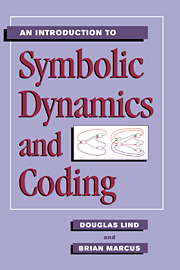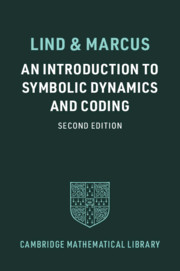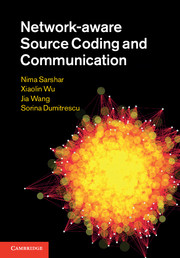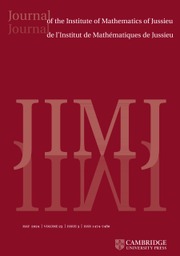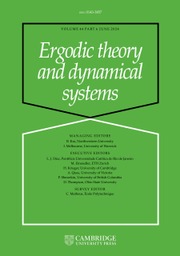An Introduction to Symbolic Dynamics and Coding
Symbolic dynamics is a rapidly growing area of dynamical systems. Although it originated as a method to study general dynamical systems, it has found significant uses in coding for data storage and transmission as well as in linear algebra. This book is the first general textbook on symbolic dynamics and its applications to coding. It will serve as an introduction to symbolic dynamics for both mathematics and electrical engineering students. Mathematical prerequisites are relatively modest (mainly linear algebra at the undergraduate level) especially for the first half of the book. Topics are carefully developed and motivated with many examples. There are over 500 exercises to test the reader's understanding. The last chapter contains a survey of more advanced topics, and there is a comprehensive bibliography.
- The first textbook on symbolic dynamics
- Assumes only a modest mathematical background (mainly linear algebra at the undergraduate level) and so is accessible to most mathematics and engineering students
- Over 100 figures and 500 exercises to aid the reader's understanding
Product details
February 2011Adobe eBook Reader
9780511888656
0 pages
0kg
113 b/w illus.
This ISBN is for an eBook version which is distributed on our behalf by a third party.
Table of Contents
- 1. Shift spaces
- 2. Shifts of finite type
- 3. Sofic shifts
- 4. Entropy
- 5. Finite-state codes
- 6. Shifts as dynamical systems
- 7. Conjugacy
- 8. Finite-to-one codes and finite equivalence
- 9. Degrees of codes and almost topological conjugacy
- 10. Embeddings and factorings
- 11. Realization
- 12. Equal entropy factors
- 13. Guide to advanced topics.

